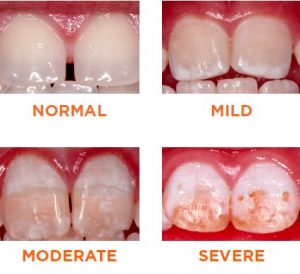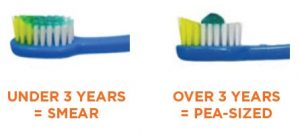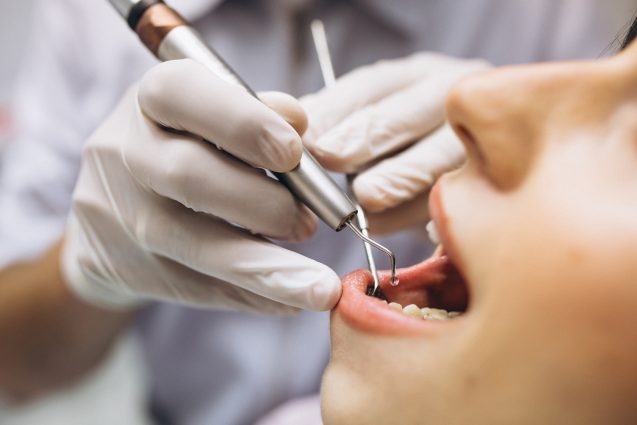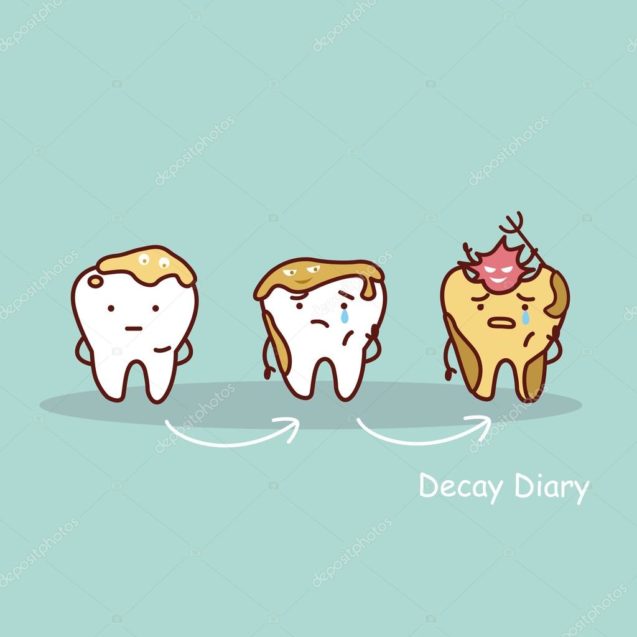What are dental sealants?
Dental sealants is when a dentist places tooth coloured material called composite on the deep grooves of your back teeth (molars). The reason this is done is because this is where tooth decays are most common to start on your back teeth as most people tend to not brush the back teeth as they are hard to reach.
To prevent the bacteria forming in these grooves, dentists build it up. The best time to get sealants would be around the age of 13, which is when the permanent teeth are fully erupted. This does not mean you cannot get them when you are older. Sealants can protect your teeth for up to 10 years and your dentist can replace any sealants if they start wearing down.
How Are Sealants Applied?
Applying sealant is a simple and painless process. It takes only a few minutes for your dentist or hygienist to apply the sealant to seal each tooth. The application steps are as follows:
- First the teeth that are to be sealed are thoroughly cleaned.
- Each tooth is then dried, and cotton or another absorbent material is put around the tooth to keep it dry.
- An acid solution is put on the chewing surfaces of the teeth to roughen them up, which helps the sealant bond to the teeth.
- The teeth are then rinsed and dried.
- Sealant is then painted onto the tooth enamel, where it bonds directly to the tooth and hardens. Sometimes a special curing light is used to help the sealant harden.
Sources:
WebMD
Dental Health Services Victoria
More
What is Fluorosis?
Fluorosis is a condition which affects your tooth enamel. It is caused by excessive amount of fluoride during the first 8 years which is the time the more permanent teeth are formed. Teeth affected by fluorosis come appear to be discoloured and can be laced with white markings however more server cases can have stains which range from yellow to dark brown or noticeable pits on the tooth. While fluorosis is not a disease it can be difficult to treat.

Causes and Prevention
The biggest cause of fluorosis is inappropriate use of the fluoride. Some children like the taste of toothpaste and may swallow it instead of spitting it out. Other ways this could happen would be taking a higher than normal amount of fluoride supplement during early childhood. Parental vigilance is the key to preventing fluorosis. It’s not necessary to monitor their water and food as they get low levels of fluoride from this however parents should try and ensure they do not swallow the toothpaste. Another way to make sure they don’t use too much fluoride would be to use less toothpaste depending on their age.

Sources:
Fluorosis Symptoms
Fluorosis Facts
More

How can thumb sucking effect my child’s teeth?
After teeth start developing in your child, thumb sucking can cause problems. The proper growth alignment of the teeth can change dur to the motion of thumb sucking. Pacifiers can also affect teeth in the same way as thumb sucking.
How can I help my child stop thumb sucking?
- Some helpful tips to help you child stop thumb sucking can be praise them for not sucking their child. Place a calendar and strike the day your child hasn’t sucked their thumb to show how well their doing. Some kids are highly motivated with visual representations of their progress.
- For an older child, involved them in choosing a method to stop.
- Children often suck their thumb because their feeling insecure and need comfort. Try focusing on providing comfort to your child.
- If all these tips fail consult your dentist
More
Dental decay is one of the biggest preventable non-communicable disease that can be easily preventable.
More







